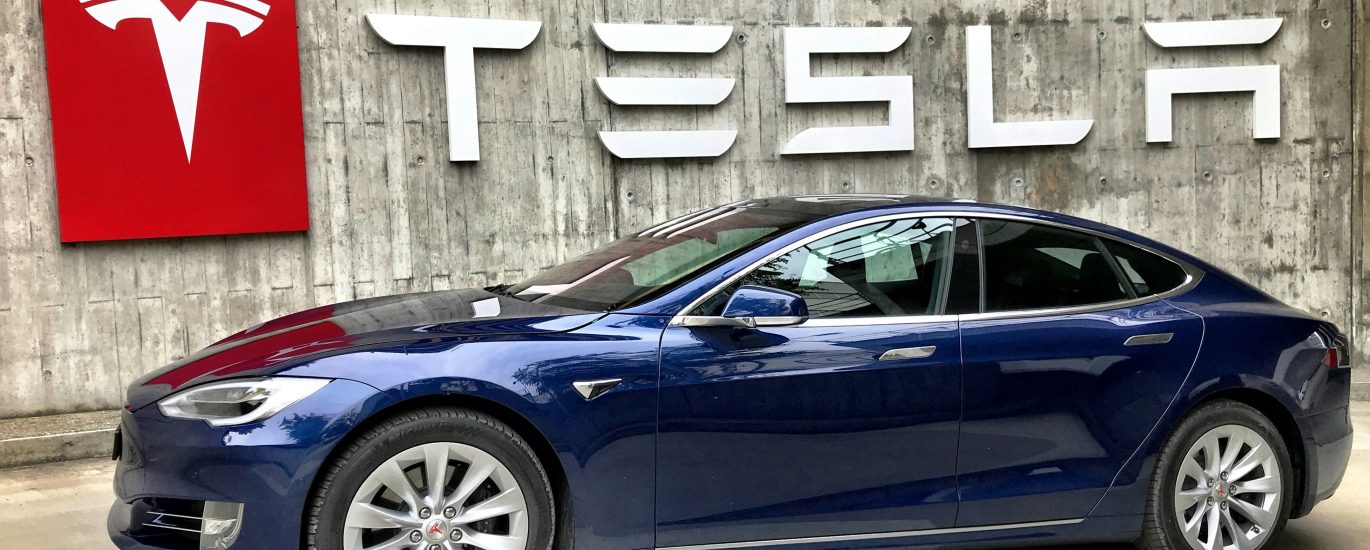Executive Summary
Tesla Inc., led by Elon Musk, has redefined the automotive and clean energy industry not just through electric vehicle (EV) innovation but through a radical departure from conventional automotive business models. The company adopted an extreme form of vertical integration—owning everything from manufacturing and software to battery production, retail, and servicing. While traditional OEMs rely on supplier ecosystems and dealership networks, Tesla’s integrated approach allows tight control over product quality, costs, innovation speed, and customer experience. This case study explores Tesla’s vertical integration as a bold business strategy that delivered long-term operational and competitive advantage.
1. Background & Situation
The global automotive industry has traditionally been:
Fragmented across tiered suppliers (Tier 1, 2, 3),
Dependent on dealerships for sales and service,
Reluctant to own critical technologies like batteries or software.
Tesla challenged this status quo from inception:
Built Gigafactories to produce batteries and motors in-house
Developed proprietary software and AI chips
Created Tesla Stores and online-only sales model
Managed its own service network and charging infrastructure
2. Strategic Objectives
Control every part of the value chain to ensure quality, speed, and innovation
Reduce dependence on external partners for core IP and technology
Build a direct relationship with customers, eliminating intermediaries
Scale globally without diluting brand promise or customer experience
Enable rapid cost improvements and margin expansion
3. Pillars of Vertical Integration Strategy
A. Battery & Component Manufacturing
Tesla partnered with Panasonic but later built its own battery lines (4680 cells)
Built Gigafactories in Nevada, Texas, Berlin, and Shanghai to internalize key cost centers
B. Software & Autopilot AI
Full Self-Driving (FSD) stack built in-house
Developed its own Dojo Supercomputer and neural net training platform
OTA (Over-the-Air) software updates eliminate need for dealer visits
C. Retail & Distribution
No third-party dealerships — all cars sold via Tesla online portal or Tesla Stores
Transparent pricing model, no bargaining or commissions
Showrooms in high-footfall areas (malls, airports) vs large car yards
D. Servicing & Repairs
Tesla owns its mobile service fleet and service centers
Predictive maintenance using in-vehicle diagnostics
Service experience integrated with the Tesla app (no physical paperwork)
E. Charging Infrastructure
Built global network of Tesla Superchargers, reducing range anxiety
Integration with navigation and battery management system ensures optimized routing
4. Execution & Scaling

Tesla made bold capital expenditures upfront but reaped operational leverage as volumes grew. Its factories achieved industry-best productivity metrics, producing more cars per worker than GM or Toyota by 2022.
5. Results & Business Outcomes
Key Metrics (2022–2023):

6. Best Practices & Strategic Learnings

7. Risks and Challenges
High upfront capital requirements for vertical assets
Supply shocks (e.g., lithium shortages) still impact operations
Autopilot and FSD under regulatory scrutiny in multiple markets
Lack of third-party dealers may limit penetration in traditional markets
Employee burnout concerns at Gigafactories due to speed of execution
8. Implications for Other Companies
Evaluate which value chain layers are critical to own vs outsource
Software control is no longer optional — it’s a strategic imperative
D2C is viable even for traditional categories like automobiles
Supply-side vertical integration helps mitigate global volatility
Full-stack innovation delivers ecosystem-level advantage
9. Sources
Tesla Annual Reports (2021–2023)
Wired: Tesla’s Software Stack & OTA Strategy
WSJ: Tesla vs Legacy Automakers – Efficiency Metrics
Reuters: Gigafactory Model Analysis
Bloomberg: Tesla’s Supply Chain and Battery Sourcing Strategy
Electrek: Tesla Supercharger Network Report






